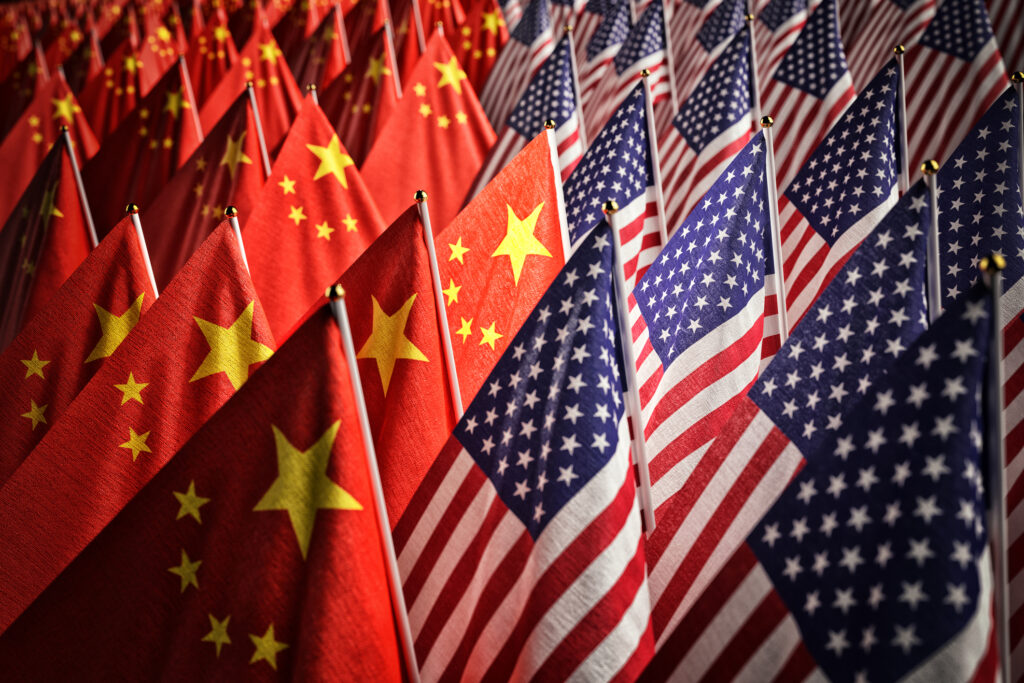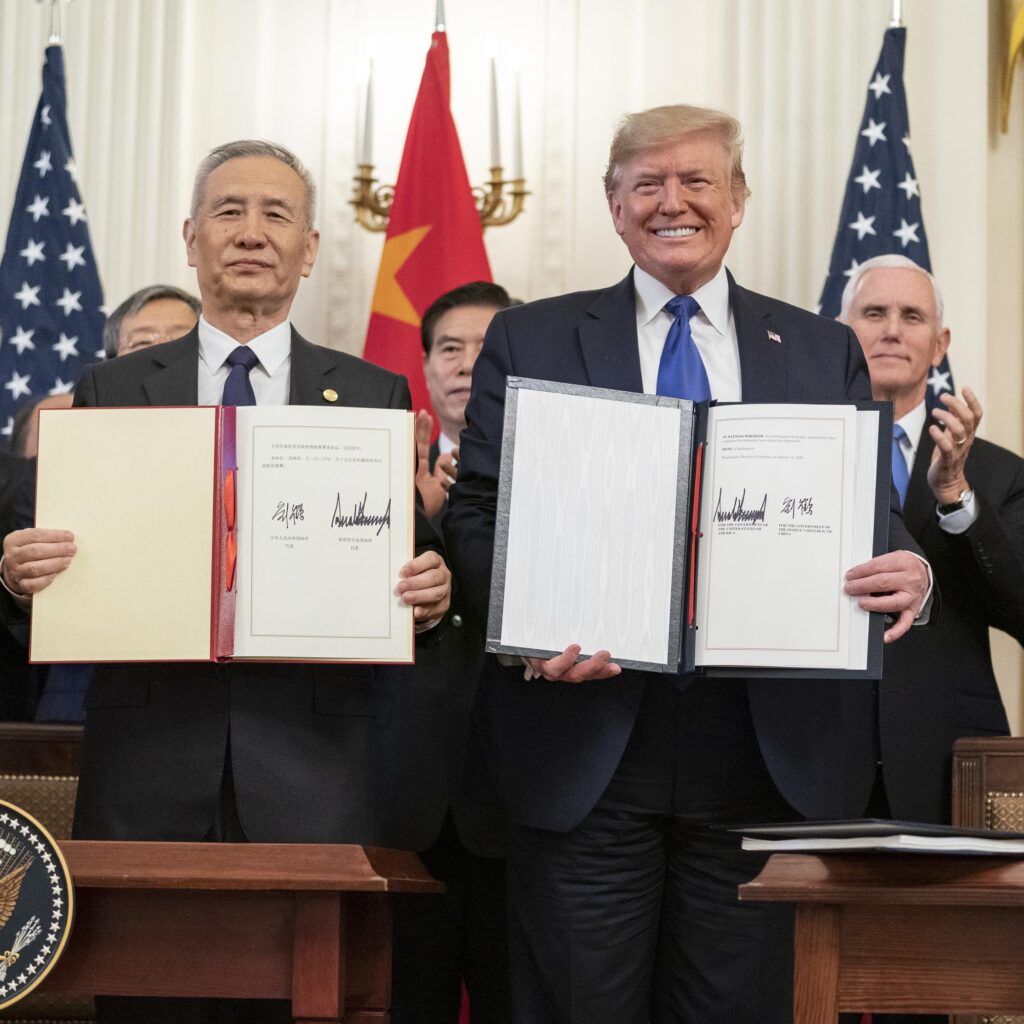
And new Pew Research Center polling highlights Americans’ increasingly unfavorable view of China.
Deputy United States Trade Representative Sarah Bianchi alluded to the possible imposition of further tariffs on Chinese imports while speaking at the Center on Inclusive Trade and Development’s inaugural Rethinking World Trade 2023 conference on April 13.
In her remarks, Bianchi outlined the Biden administration’s use of worker-centric trade policy. Unfortunately, as much as the Biden administration’s industrial policy has and can achieve, the United States cannot compete in a global market unfairly tipped in China’s favor through its use of state-owned enterprises, forced labor, and lax environmental laws—just to name a few of Beijing’s favorite means of maneuvering the global supply chain into a chokehold.
“We need a new playbook on the [People’s Republic of China] that serves our economic interests and defends our values,” Bianchi said. “And we will continue to press the PRC on its state-centered and non-market trade practices, and to live up to its commitments through the Phase One agreement.”
Bianchi’s speech echoes much of U.S. Trade Representative (USTR) Katherine Tai’s past remarks, which have pointed to the value of Section 301 tariffs on Chinese imports as “a significant piece of leverage.” But Bianchi’s commentary reveals that not only does the Office of the USTR continue to support the current tariff levels, but it’s weighing imposing further tariffs as part of its mandatory review of Section 301.
“A comprehensive four-year review process of the Section 301 tariffs on imports is taking a deliberate and strategic look at how we can serve our interests in light of the PRC’s continued unfair policies and practices,” Bianchi said.
POLITICO Pro quotes Bianchi as saying, even more explicitly, that the Biden administration may increase tariffs on Chinese imports in a rebuke of Beijing’s failure to uphold its commitment in the Phase One agreement.
“We are taking a look at that through our tariff review process to see things that we might do there to express some of our displeasure,” Bianchi said, according to POLITICO Pro.
A little background: The Trump administration first-imposed Section 301 tariffs in 2018 in the aftermath of its Phase One trade agreement with China. The deal itself largely amounted to a big fat Nothing Burger, expanding China’s purchase of U.S. goods and services (it failed to meet even this simple commitment by billions of dollars, you may recall), while neglecting to address some of China’s most egregious trade practices such as industrial overcapacity.

President Trump promised a Phase Two agreement to tackle these issues, but none ever materialized. However, Section 301 tariffs on more than $300 billion worth of Chinese goods came into play following a USTR study that concluded that China utilized unfair trade practices relating to U.S. technology and intellectual property, and the Biden administration chose to sustain the tariffs.
Pre-pandemic, U.S.-China trade relations were unquestionably tumultuous, but COVID-19 supply chain struggles have revealed the real hurt that China could inflict if it so desired. This realization paired with the scope of Beijing’s forced labor program and its alliance with Russian President Vladimir Putin has sunk China to a nadir in the American public’s view, new Pew Research Center polling finds.
A vast majority of U.S. adults (83%) have a broadly unfavorable view of China, according to the survey. Notably, 44% of respondents have a “very unfavorable” view of China — “the highest share who have expressed this opinion since the Center started asking this question on the online American Trends Panel in 2020,” the Pew Research Center states. Furthermore, roughly four-in-10 Americans describe China as an enemy of the U.S., as opposed to a competitor or partner.
Considering that 3.7 million jobs have been lost to the China trade deficit since 2001 and 2018 alone, it should come as no surprise that 81% of Americans say that economic competition with China is at least a somewhat serious problem, according to the polling, with 36% identifying it as very serious problem.
America’s dwindling industrial capacity was much easier to ignore before the pandemic necessitated local sourcing and disrupted once reliable (and artificially cheap) imports. Public awareness of dependence on Chinese manufacturing has sharpened.
“Five years ago, microchip companies in China were popping up like crazy and now there is a shortage for us and everything is so expensive because everything we want is technology but we have to rely on China to get those things,” a 29-year-old man told the Pew Research Center.
Though America invented the semiconductor, East Asia produces 75% of the world’s semiconductor supply, while America only manufactures only 10%. Through the CHIPS and Science Act, the Biden administration has worked hard to remedy this glaring supply chain vulnerability. However, investment in U.S. technology and manufacturing is only half of the solution. Trade action, like the Section 301 tariffs, plays a critical role in leveling the playing field.
With nearly half of Americans (47%) saying that China benefits most from its trade relationship with the U.S. and only 7% think the U.S. benefits the most, it’s clear that the U.S. is ready for a rebalancing. Strengthening America’s bargaining position through tariffs may get us there.
